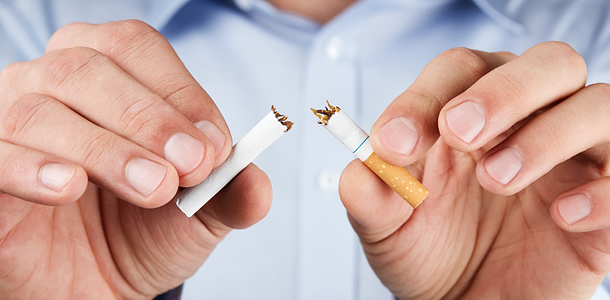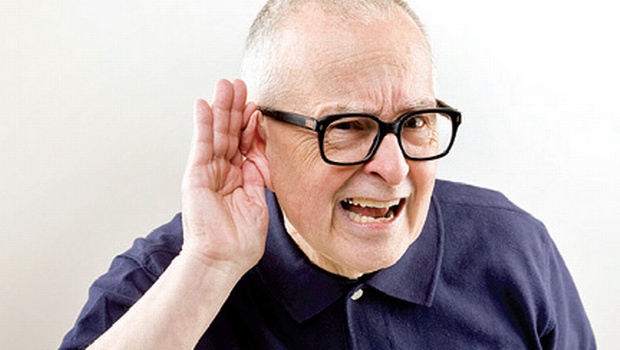
It’s beginning to heat up, and Australians are eager to get out into the sun. We all know that skin cancer is a problem, but many people show a concerning disregard of sun safety. Australia has some of the highest melanoma rates in the world – two out of every three Australians will be diagnosed with skin cancer before they are 70. It’s clearly an issue we need to address as a nation. Here are some facts about skin cancer that serve as a reminder to take sun safety seriously.
Melanoma is very common – and it can be deadly. Melanoma is the third most common cancer in men and women. It accounts for only 2% of diagnosed skin cancers, but it is responsible for 75% of skin cancer deaths. In the last 20 years, melanoma rates have doubled and are still on the rise. That being said, if melanoma is detected early it can often be completely cured with just a simple procedure.
But melanoma isn’t the only concern. Skin cancer occurs from damage to skin cells, and there are three main types. Along with melanoma, you could be at risk of basal cell carcinoma and squamous cell carcinoma. While melanoma is the leading cause of skin cancer death, there are still significant numbers of deaths due to non-melanoma skin cancer.
It’s not worth it for a tan. Tanned skin used to be considered healthy, but actually a tan is a sign that you have been exposed to enough UV radiation to damage your skin. Many people ignore sun safety in favour of tanning for beauty-related reasons, but tanning can also cause wrinkles, sagging, and yellow or brown discolouration on the skin. A fake tan is ok from a skin cancer point of view, but don’t forget that it won’t actually protect you from the sun – you can still get sunburn.
You and your doctor make the best team. You should take time to get familiar with how your skin looks to make it easier to identify any changes. There are many great resources around to help you understand what you’re looking for. The Cancer Councils website is a great place to start. They suggest you keep a close eye out for:
- any crusty, non-healing sores
- small lumps that are red, pale or pearly in colour
- new spots, freckles or any moles changing in colour, thickness or shape over a period of weeks to months.
If you notice any changes or haven’t had a skin check recently, you should see your GP to get your skin assessed. You will need to go to a skin specialist, who will examine your skin to identify any potential areas of concern. Keeping up regular checks, both at home and every year or so with a professional, will help make sure your skin isn’t preparing a nasty surprise.
We all love the sun, but with summer on the way make sure you protect yourself and your loved ones. Team up with your doctor to ensure that if there is a problem, you’ll pick up on it early. Sunburn is a serious issue, so don’t forget to enjoy the sunshine – but stay safe.
Want more information?
Call (03) 5611 3365 to speak to a friendly patient concierge
or book an appointment here





